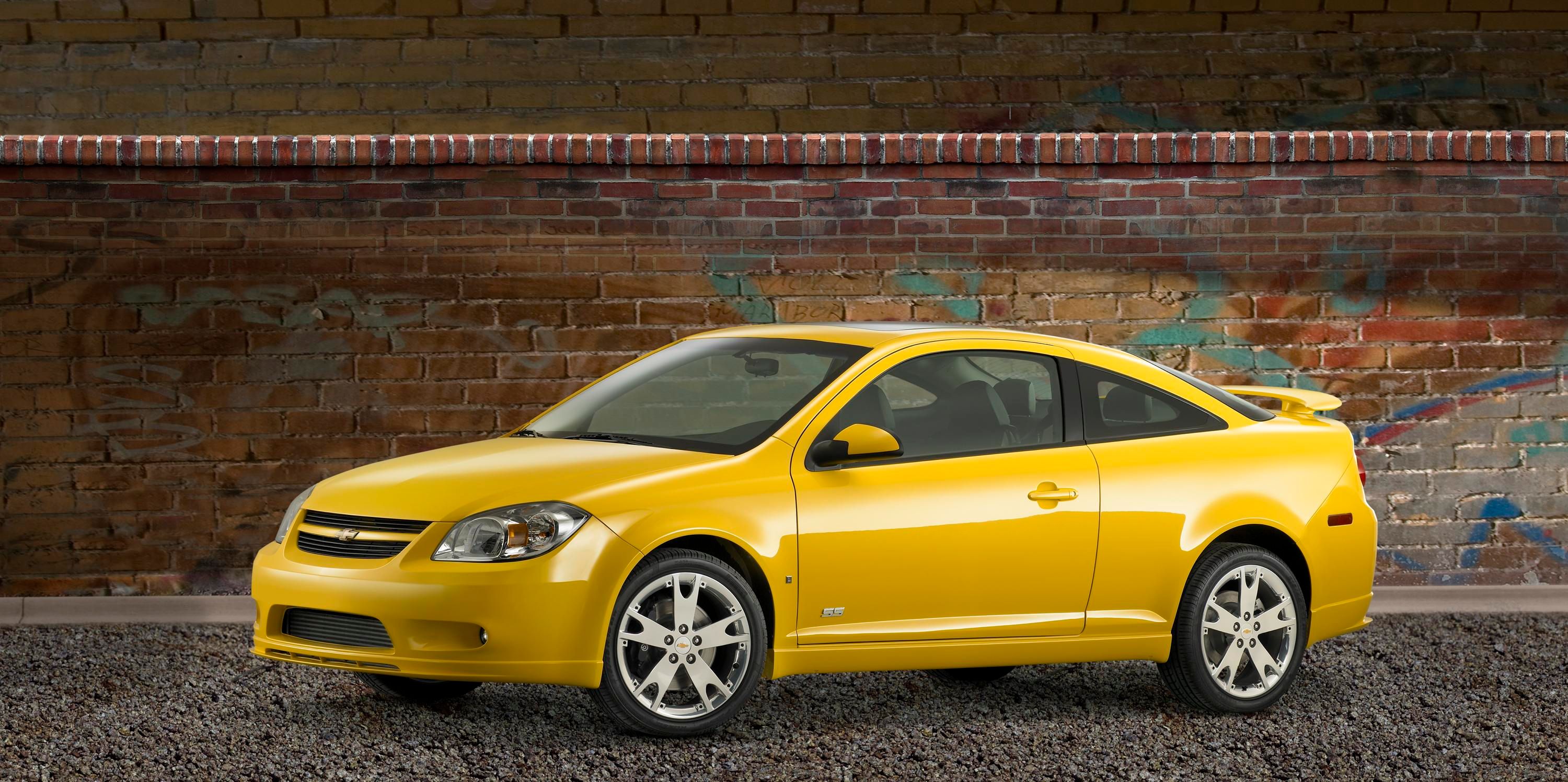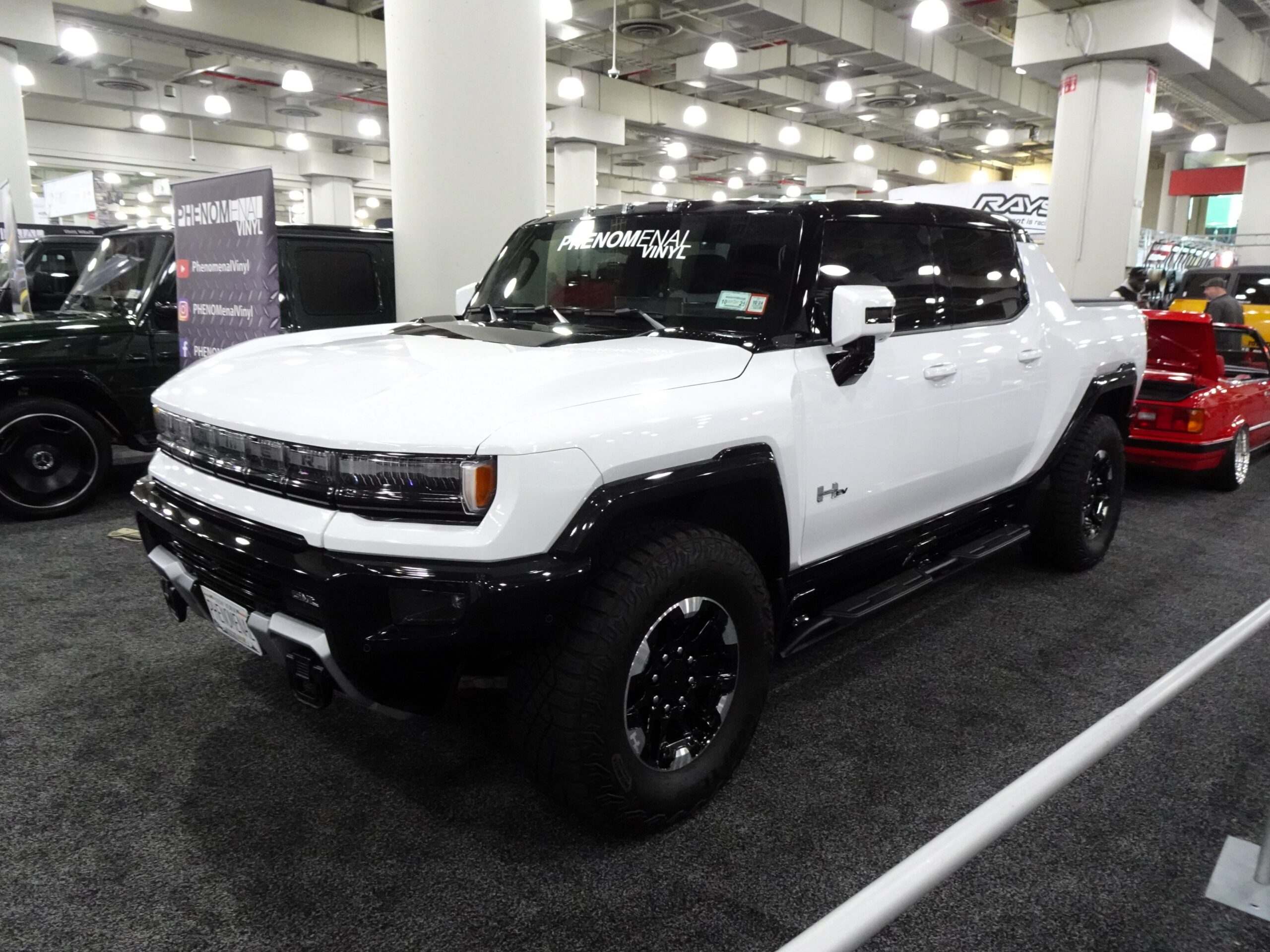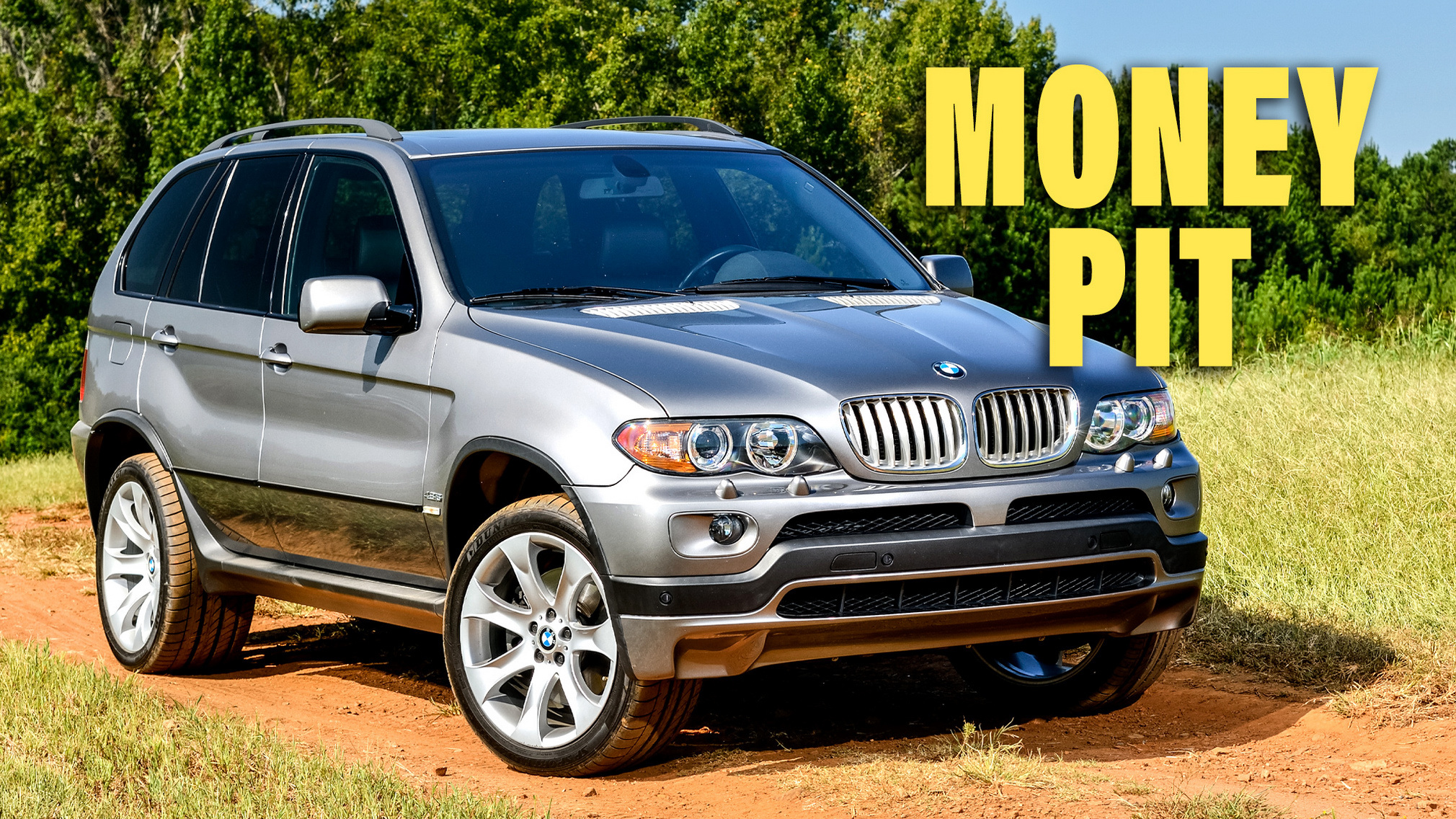
Alright, let’s talk cars! There’s a widely known truth among car enthusiasts and everyday drivers alike: while some vehicles are built to run for what feels like forever, effortlessly cruising past the 200,000 or even 400,000-mile mark, others have a less appealing destiny. These are the models that, despite their initial charm or robust appearance, tend to transform into notorious money pits the moment their odometers tick past that crucial 100,000-mile threshold.
It’s a reality check many used car buyers face, often when it’s too late. The allure of a seemingly affordable vehicle can quickly fade when you’re faced with a constant stream of repair bills that could rival the car’s purchase price. We’re talking about more than just routine maintenance; we’re talking about fundamental issues that rigorous servicing might only delay, not prevent, because they’re baked into the vehicle’s design or component choices.
In an age where car costs are ever-escalating due to inflation and market turbulence, making an informed decision about your next vehicle is more critical than ever. We’re here to help you navigate the tricky waters of high-mileage car ownership. Get ready as we dive deep into the six models that experts and owners frequently flag as major financial risks once they hit the 100,000-mile mark. Consider this your essential guide to sidestepping potential wallet-draining headaches.

1. **BMW 3 Series**When you think of a BMW 3 Series, images of luxurious comfort, a dynamic driving experience, and top-notch build quality likely spring to mind. These vehicles are celebrated for their premium attributes and performance-oriented driving style, making them a dream for many. However, that dream can quickly turn into a financial headache once the mileage starts to climb, specifically after crossing the 100,000-mile barrier.
Owners and automotive experts frequently point to the BMW 3 Series as a prime example of a luxury car that, despite its initial appeal, can become a significant drain on your finances. The costs associated with keeping these sophisticated machines running smoothly become notoriously high. It’s not just about standard wear and tear; it’s about the underlying vulnerabilities that surface with age.
According to insights from car maintenance experts, a significant number of BMW 3 Series vehicles require expensive engine or electrical repairs right around, or shortly after, reaching the 100,000-mile mark. Common complaints revolve around engine issues, perplexing electrical system malfunctions, and persistent coolant leaks. These aren’t minor fixes; they often involve complex diagnostics and costly parts, truly testing the patience and wallet of their owners.
The sophisticated electronics and high-end components that define a BMW’s luxury experience are precisely what contribute to these soaring repair costs. Even independent mechanics sometimes find themselves hesitant to work on these intricate vehicles due to their complexity, limiting affordable servicing options for owners. What begins as a desire for a premium driving machine often ends with a case of buyer’s remorse, as the wallet-draining repairs become an unavoidable reality.
The lesson here is clear: while the allure of a luxury badge is strong, the long-term cost of ownership, especially with models like the BMW 3 Series post-100,000 miles, can be substantial. It’s a stark reminder that impressive performance and build quality don’t always translate into long-term affordability in the used car market.

2. **Nissan Altima**The Nissan Altima has carved out a respectable niche for itself as a popular midsize sedan, often praised for its robust list of safety features and a notably comfortable interior. For many, it represents a practical and dependable choice for daily commuting and family needs, offering a good balance of features for its segment. Yet, lurking beneath its surface is a well-documented Achilles heel that can turn this sensible sedan into a financial burden after a certain mileage milestone.
That critical weak point in many Nissan Altima models is its continuously variable transmission, or CVT. While CVTs are designed to offer smoother acceleration and improved fuel economy, their long-term reliability in the Altima, particularly in used models, leaves much to be desired. If you’re in the market for a used vehicle, the advice from experts is unequivocal: exercise extreme caution or, ideally, avoid an Altima equipped with a CVT altogether.
Vehicle maintenance professionals, drawing from extensive experience, highlight that the continuously variable transmission in numerous Altimas tends to experience premature failure. This problematic issue frequently rears its ugly head shortly after the car reaches the 100,000-mile mark. Such a failure is far from a minor inconvenience; it can lead to incredibly expensive repairs, often involving a complete transmission replacement, which can easily cost thousands.
The issue transforms the Altima from an economical choice into a significant financial liability. Owners expecting reliable performance find themselves grappling with the prospect of shelling out substantial sums to address a core component failure. It underscores the importance of thorough research, as this specific transmission problem is a widely known concern that dramatically impacts the car’s value and practicality in the used market.
So, before you commit to that seemingly great deal on a used Nissan Altima, especially one approaching or past the six-figure mileage, remember to prioritize the health of its transmission. A little upfront due diligence concerning this notorious CVT can save you a world of frustration and a hefty amount of cash down the road.

3. **Land Rover Discovery**The Land Rover Discovery SUV is a vehicle that truly embodies adventure, recognized for its impressive off-road capabilities, luxurious appointments, and an array of high-tech features. It promises a blend of rugged exploration and refined comfort, making it an appealing choice for those who desire both capability and prestige. However, this image of an unstoppable adventurer can begin to unravel as the miles accumulate, revealing a different, more demanding side to its ownership.
There’s a reason why some people humorously suggest that Land Rover has, for decades, been in the business of turning ordinary folks into aspiring DIY mechanics. The charming quirks and minor issues that might be tolerable in a brand-new, under-warranty vehicle escalate into more serious, wallet-draining problems as the SUV nears the critical 100,000-mile mark. This transition often marks the point where the cost of ownership skyrockets.
Experts in car maintenance specifically highlight that the Land Rover Discovery has garnered a reputation for encountering significant problems. These include issues related to its sophisticated air suspension system, various electrical anomalies that can be notoriously difficult to diagnose, and instances of premature transmission failure. Each of these problem areas can lead to incredibly expensive repair bills, challenging the owner’s budget and patience.
Drawing parallels with other luxury SUVs, the cost of even basic maintenance for a high-mileage Land Rover Discovery is considerably higher than average. This is primarily due to the premium price of specialized parts and the necessity of finding mechanics with specific expertise in Land Rover vehicles. These factors compound the financial burden, making every repair a significant event.
Therefore, while the initial appeal of British luxury and off-road prowess in a Land Rover Discovery is undeniable, the long-term costs of maintaining such a vehicle past 100,000 miles are a critical consideration. The realities of dependability and value retention ultimately shape its fate in the used-vehicle market, often revealing that the adventure extends far beyond the trail into the realm of hefty repair bills.
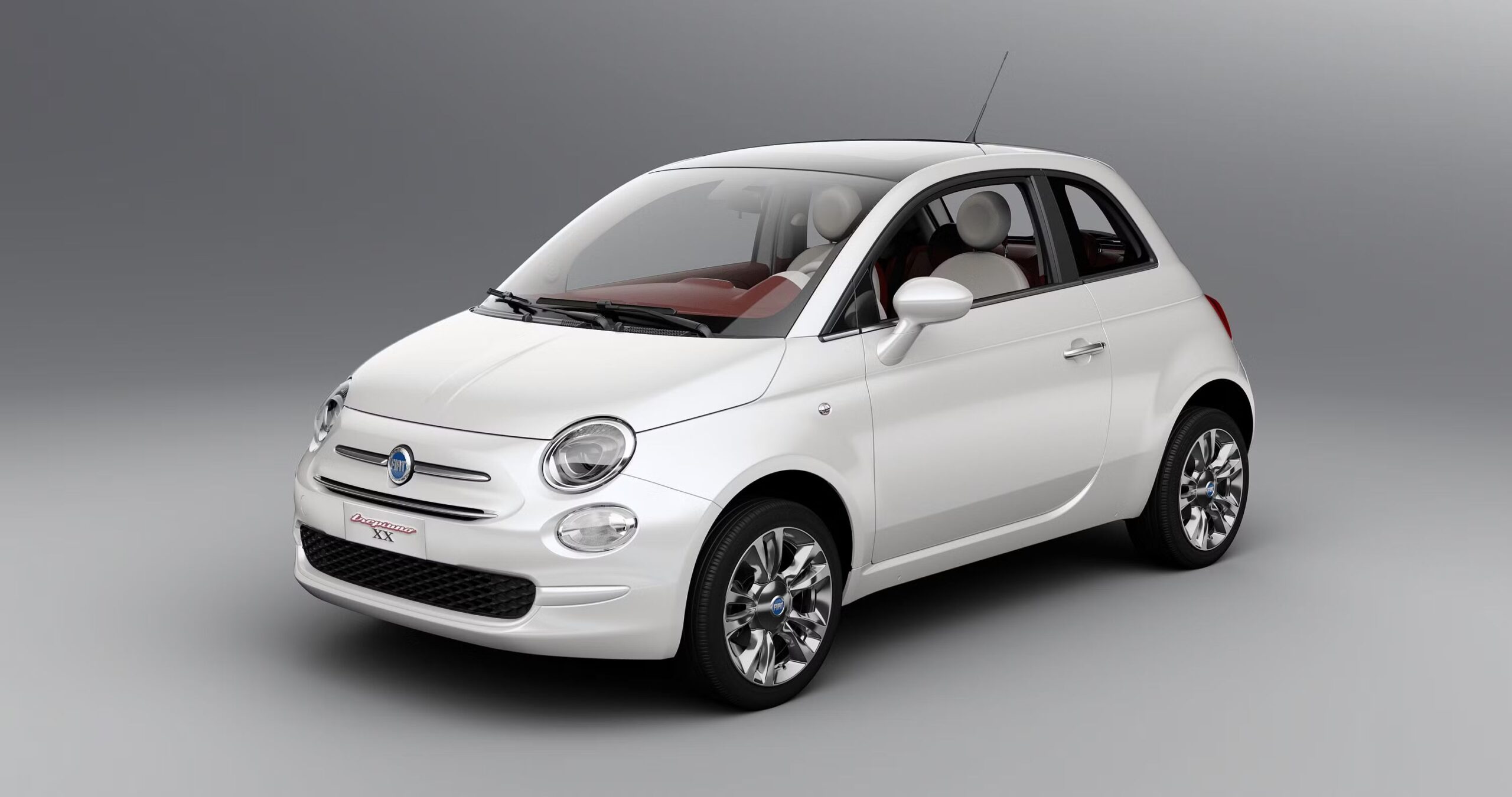
4. **Fiat 500**Steering away from the larger SUVs, let’s talk about the diminutive yet undeniably charming Fiat 500. This small car quickly captured hearts with its quirky, distinctive style and remarkably responsive handling, making it a favorite for city dwellers and anyone looking for a dose of European flair on the road. It’s a car that’s big on personality, but that charm, unfortunately, might not be enough to offset its significant shortcomings as the odometer races towards the 100,000-mile mark.
Don’t let its adorable facade fool you; beneath the stylish exterior, the Fiat 500 has a documented history of developing a range of common, and often costly, issues once it accrues higher mileage. These problems can quickly transform this once-charming city car into a source of persistent frustration and unexpected expenses for its owners.
Among the frequently reported problems for high-mileage Fiat 500s are concerning fuel leaks, which are not only expensive to fix but also pose a safety risk. Owners also commonly experience poor brake performance, faulty seatbelts, and troublesome electronic power steering issues. Furthermore, oil leaks are a recurring engine problem, contributing to a list of mechanical woes that can quickly diminish the car’s initial appeal.
Car maintenance specialists add another layer to the Fiat 500’s challenges, noting that its compact engine compartment, while contributing to its nimble size, also makes repairs particularly steep. The limited space can make routine service and more extensive fixes complicated and time-consuming for mechanics, directly translating into higher labor costs for the owner.
So, while the Fiat 500 certainly delivers on style and maneuverability, it’s crucial to be aware that its cuteness often belies a potential for significant financial drain as it ages. The unique European charm may appeal to your aesthetic, but the growing list of repair issues after 100,000 miles, coupled with the high cost of fixing them, suggests a less-than-charming long-term ownership experience.
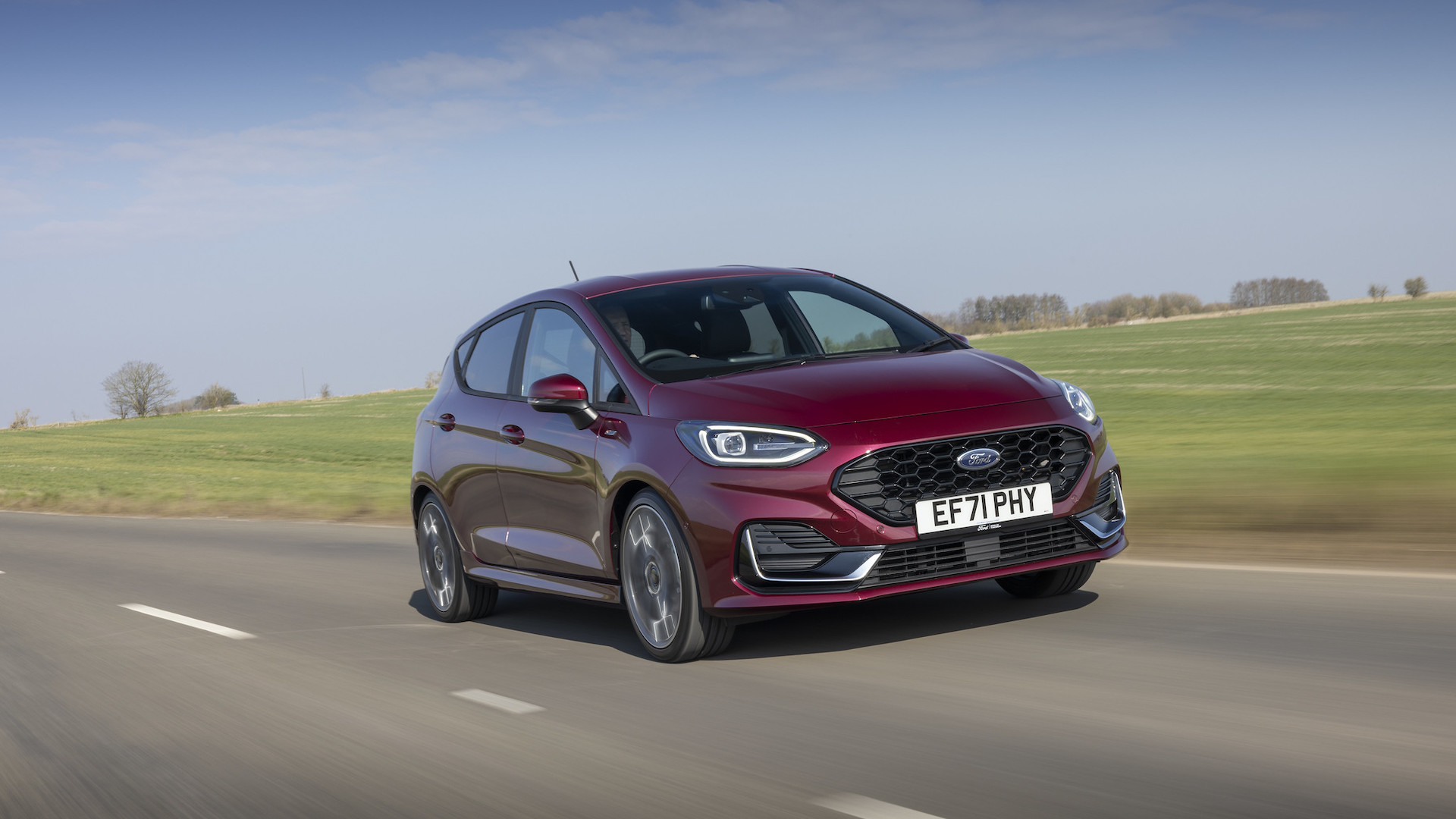
5. **Ford Fiesta**The Ford Fiesta has long been recognized for its commendable fuel economy and smooth handling, qualities that made it a popular choice, particularly for urban drivers and those seeking an economical subcompact option. It presented itself as a practical, no-frills vehicle designed to get you from point A to point B efficiently and without fuss. However, like many vehicles in its class, the Fiesta also comes with its share of “cons” that become glaringly apparent as the miles pile up.
As the Ford Fiesta approaches the six-figure mark on the odometer, owners frequently begin to experience unwelcome issues that can significantly detract from its initial value proposition. These problems aren’t just minor inconveniences; they can be serious mechanical and electrical malfunctions that require substantial attention and investment.
Specifically, the Ford Fiesta has a track record of encountering both electrical and transmission problems as it nears and surpasses the 100,000-mile threshold. These issues can manifest in various ways, from erratic electrical systems that affect everything from power windows to infotainment, to more critical transmission failures that can severely impact the car’s drivability and safety.
Automotive experts confirm that these transmission and electrical issues are well-documented concerns for the Ford Fiesta. What might start as an economical purchase can quickly turn into a financial burden, as repairs for these core systems are rarely cheap. The cost of diagnosing and fixing these problems can negate any savings initially gained from its good fuel economy or lower purchase price.
Therefore, while the Ford Fiesta might seem like a smart, budget-friendly choice at first glance, especially if you’re looking for an agile city car, its reliability after 100,000 miles is a serious point of concern. For any potential buyer, particularly in the used market, steering clear of high-mileage Fiestas might be a wise decision to avoid unexpected and costly trips to the mechanic.
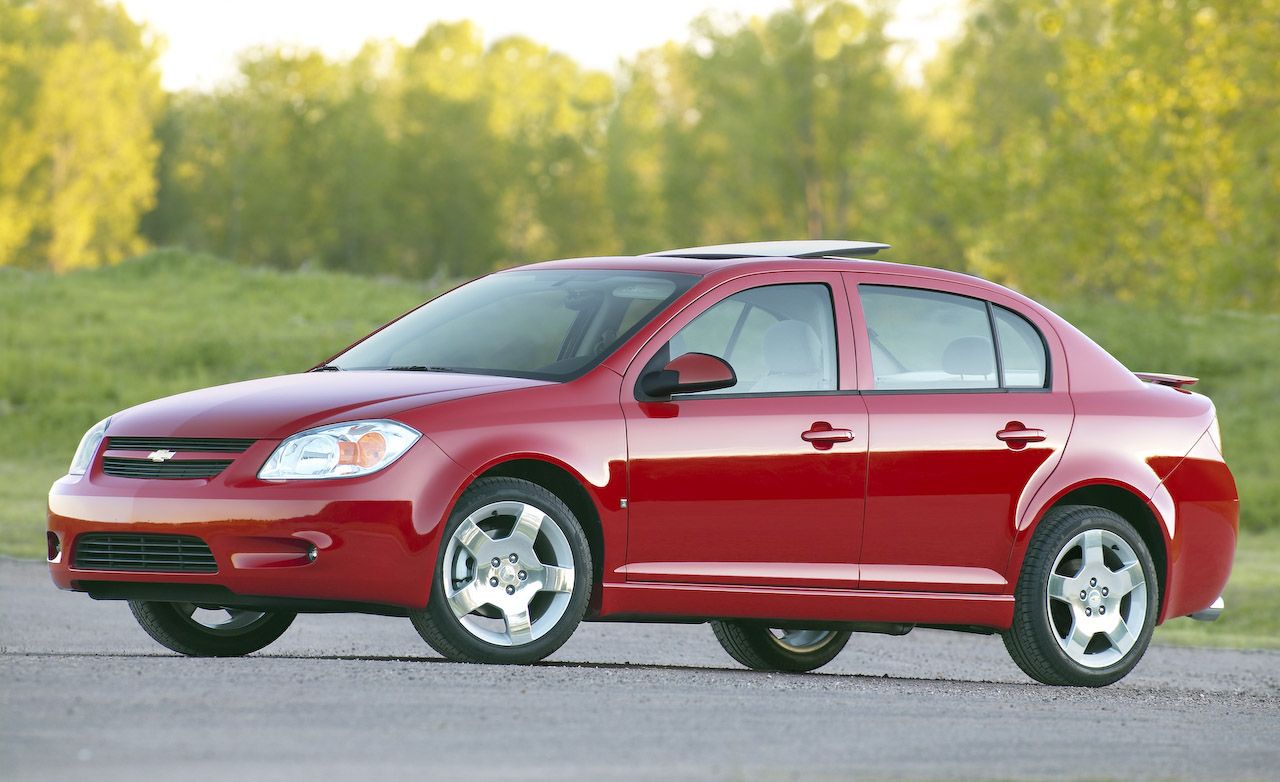
6. **Chevrolet Cobalt**The Chevrolet Cobalt is a car that, depending on its model year, can evoke very different ownership experiences. While some of the more recent model years have reportedly been kinder to their owners, earning a degree of reliability, it is the earlier iterations of the Cobalt that warrant significant caution and, in many cases, outright avoidance, especially if you’re considering a vehicle nearing the 100,000-mile mark.
The Chevrolet Cobalt is a car that, depending on its model year, can evoke very different ownership experiences. While some of the more recent model years have reportedly been kinder to their owners, earning a degree of reliability, it is the earlier iterations of the Cobalt that warrant significant caution and, in many cases, outright avoidance, especially if you’re considering a vehicle nearing the 100,000-mile mark.
Owners of these earlier Chevrolet Cobalt models frequently vocalize their frustrations over persistent fuel system and steering issues. These are not trivial complaints; problems with the fuel system can lead to inefficient performance or even safety hazards, while steering malfunctions compromise the vehicle’s control and overall driving experience. Such issues become more prevalent and problematic as the car accumulates mileage.
Despite offering certain appealing features—such as good gas mileage, which is always a plus, comfortable seating that makes longer drives more pleasant, and a sound system that’s pleasing to the ears—the underlying mechanical vulnerabilities of earlier Cobalt models paint a different picture for long-term ownership. These positive attributes are often overshadowed by the recurring need for repairs.
The consensus among many who have owned or worked on high-mileage Chevrolet Cobalts is that while the car might offer a decent initial experience, the wallet will inevitably grow thinner as the miles accumulate past the six-figure mark. The constant need to address the fuel system and steering issues, among others, means regular and often expensive visits to the repair shop.
So, if you’re eyeing a used Chevrolet Cobalt, it’s absolutely crucial to do your homework and meticulously check its history, paying particular attention to its model year. Opting for newer generations might mitigate some risks, but earlier models are a strong candidate for a 100,000-mile money pit, potentially leaving you with a vehicle that demands more cash than you bargained for.

